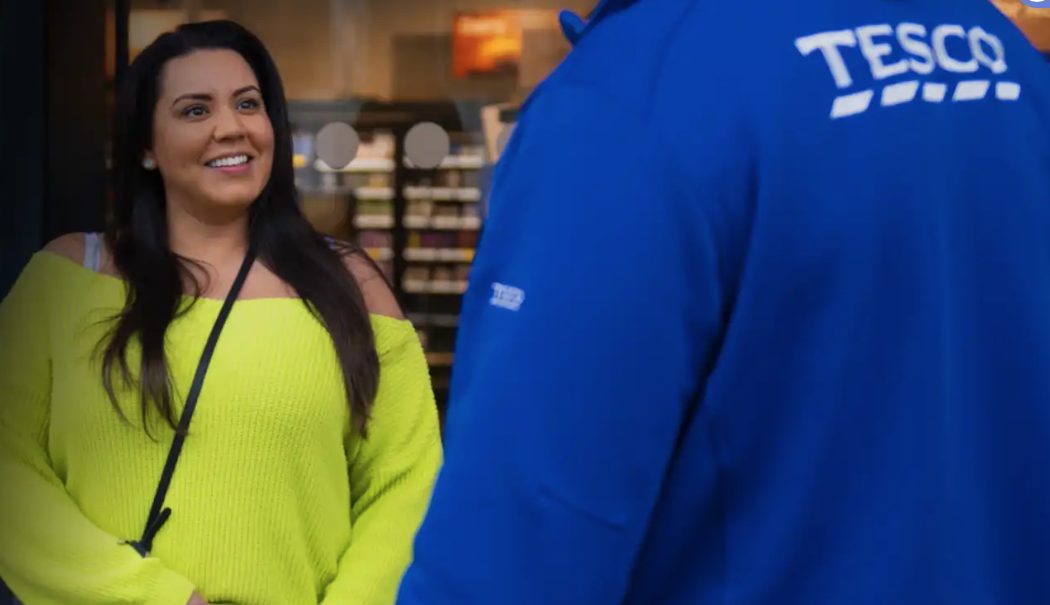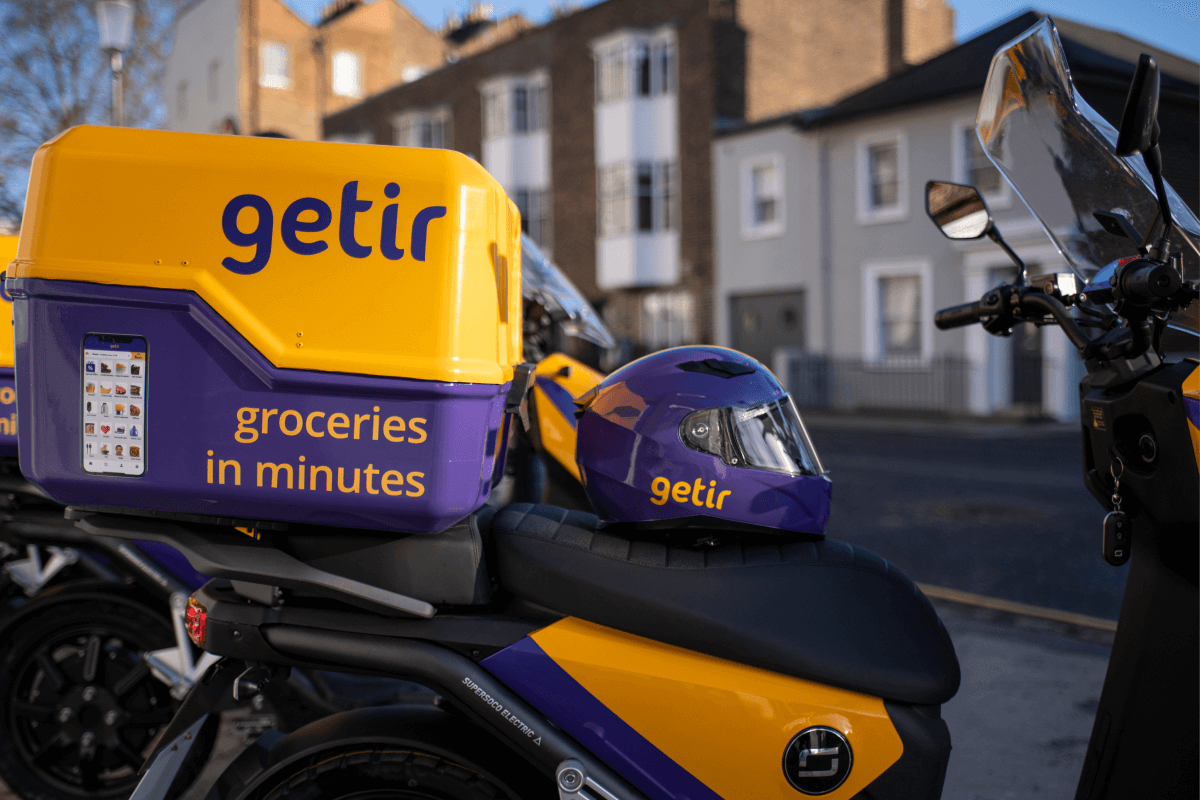Vivino, a wine app originally established to provide wine price comparison, ratings and reviews, is launching an ecommerce business and is expecting to ship around 500,000 bottles of wine a year.
The company has awarded a multi-year contract to XPO Logistics to handle the new move. The logistics specialist will manage Vivino’s entire e-commerce supply chain, from wine cellars to home delivery, from its multi-customer warehouse in Trezzo sull’Adda, near Milan.
The Vivino app already has more than 20 million users and was originally launched to provide evaluations of bottles and wineries based on thousands of peer reviews, simply by scanning wine labels.
XPO Logistics has created seamless interfaces between itself, Vivino and third-party courier services. The technology monitors the complete supply chain in real time, from a product’s arrival at the warehouse to the physical delivery to the consumer – a process that takes just two days on average.
Ube Gaspari, XPO Logistics managing director-supply chain for Italy, said: “We are delighted to support Vivino in its expansion into online sales. Together, we designed a logistics solution customised for Vivino’s current needs, with the flexibility to support our customer’s growth objectives in Italy and other European markets, step by step.”
Mauro Bricolo, country manager Italy Vivino Srl, said: “Vivino is entering a new and exciting phase. The guidance of XPO Logistics is instrumental to our strategy for the world of e-commerce. Our goal is continuous expansion, both in terms of the number of promotions we offer, product lines and countries of operation,” he said.
Image credit: XPO Logistics






